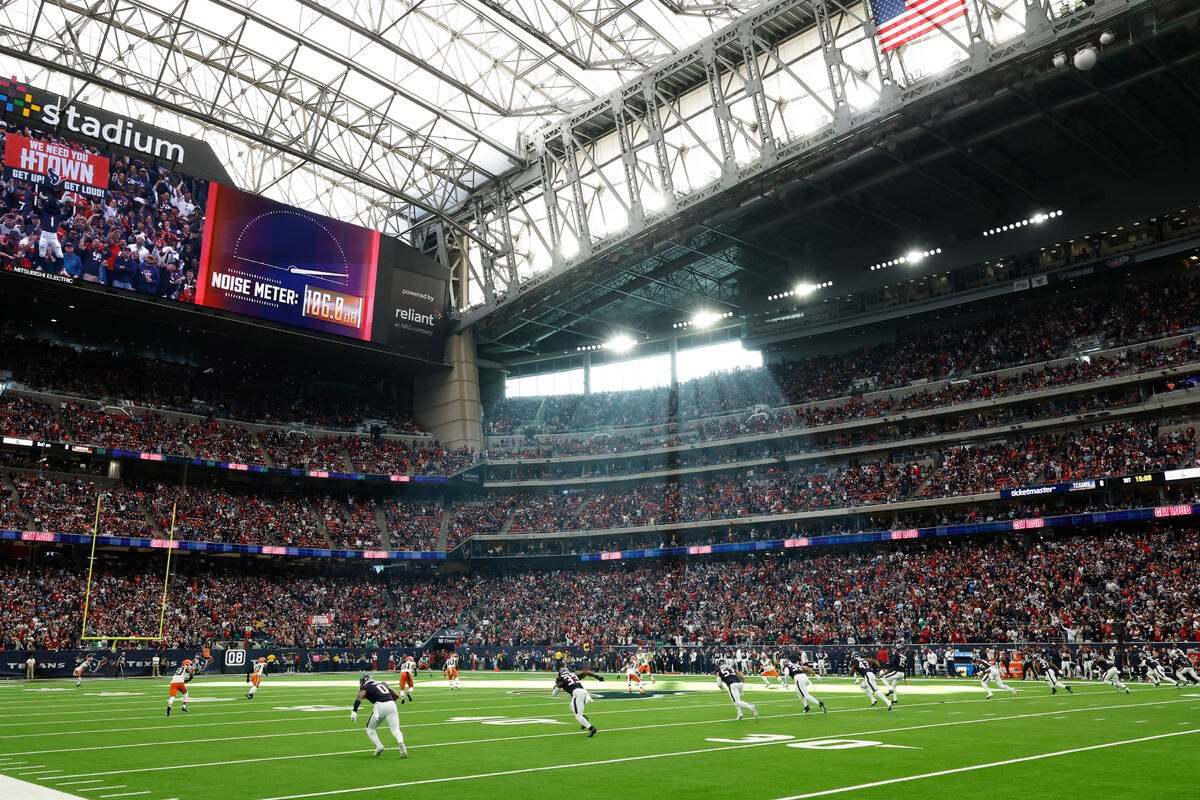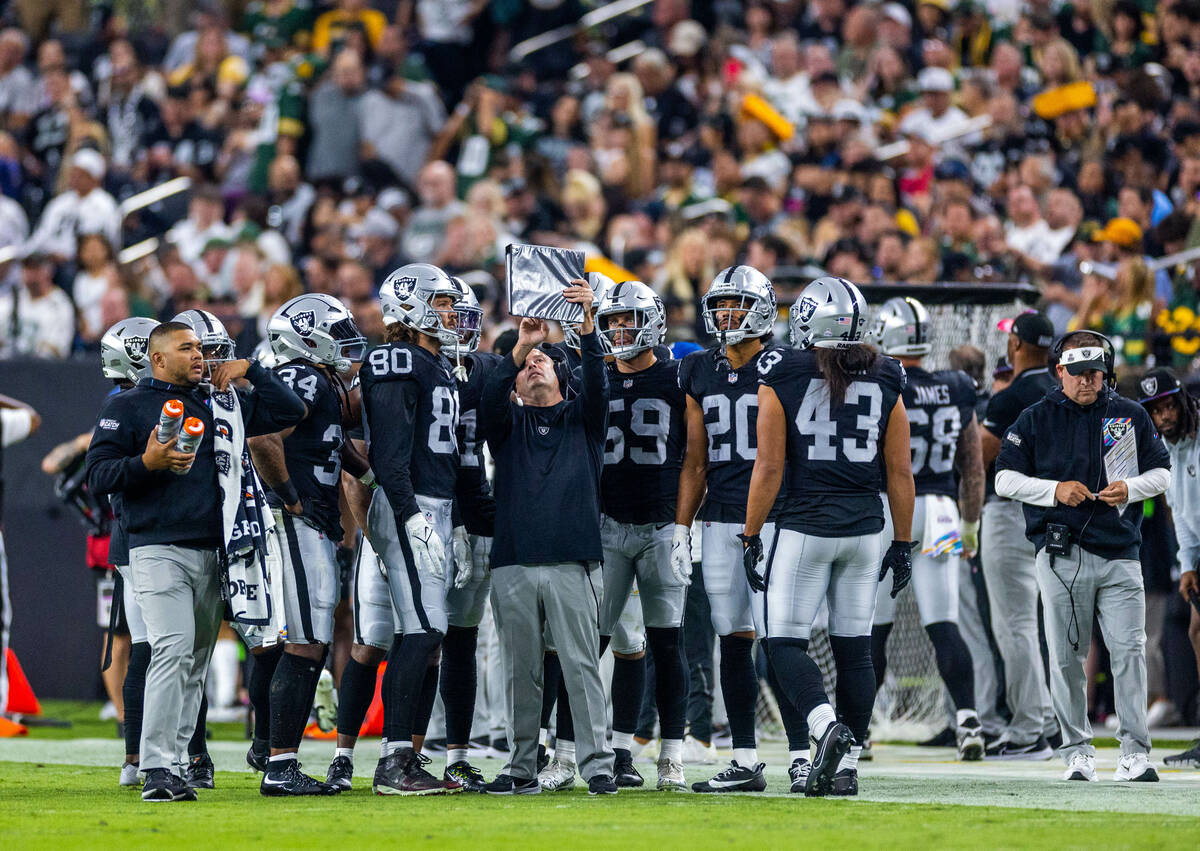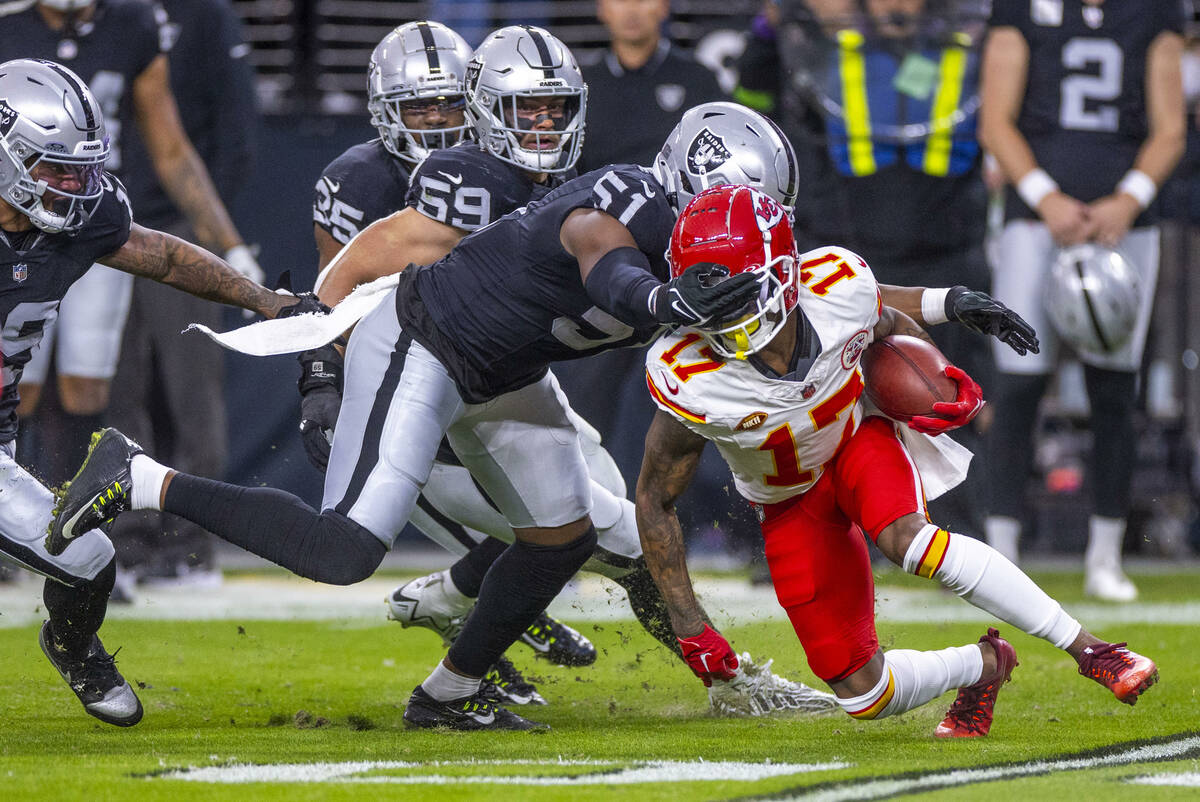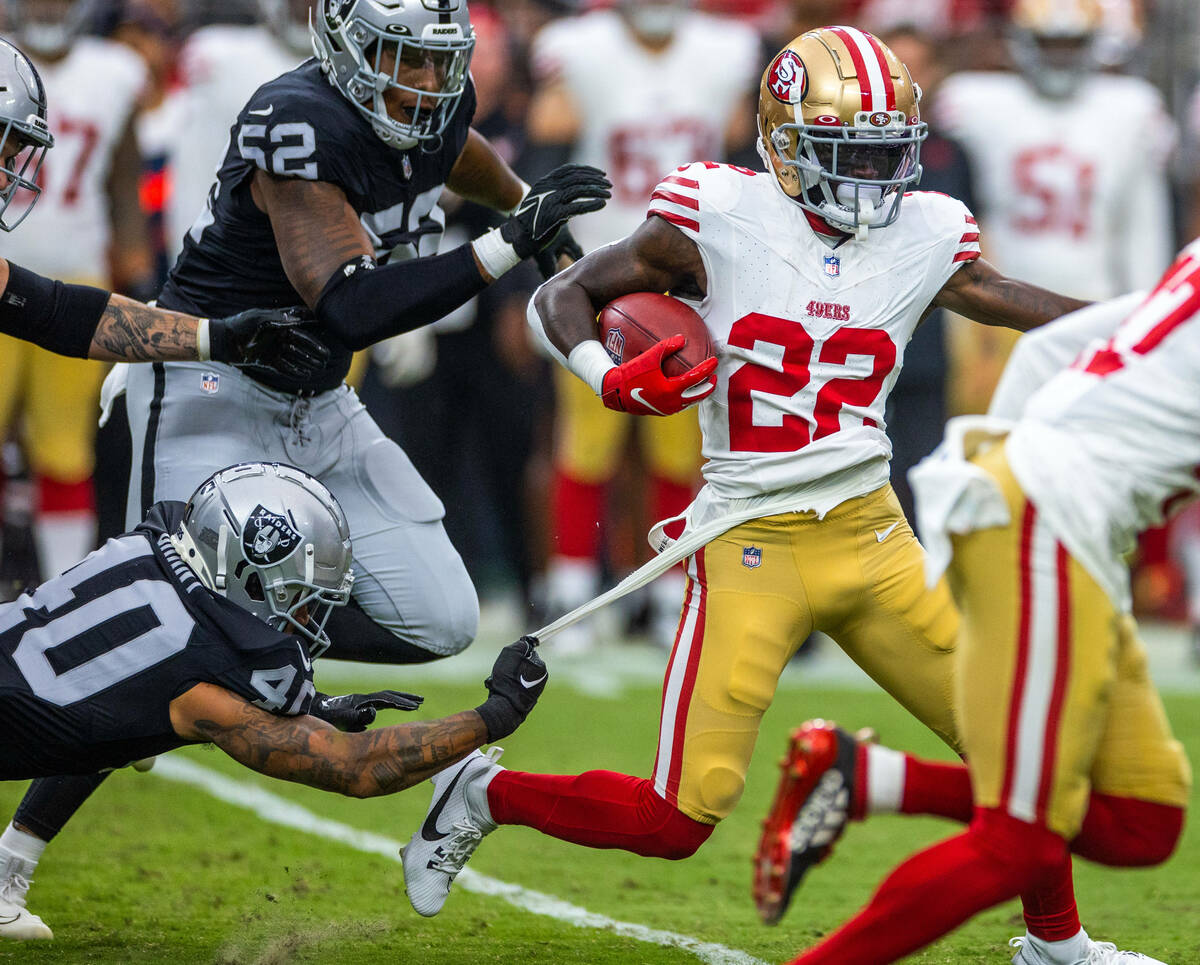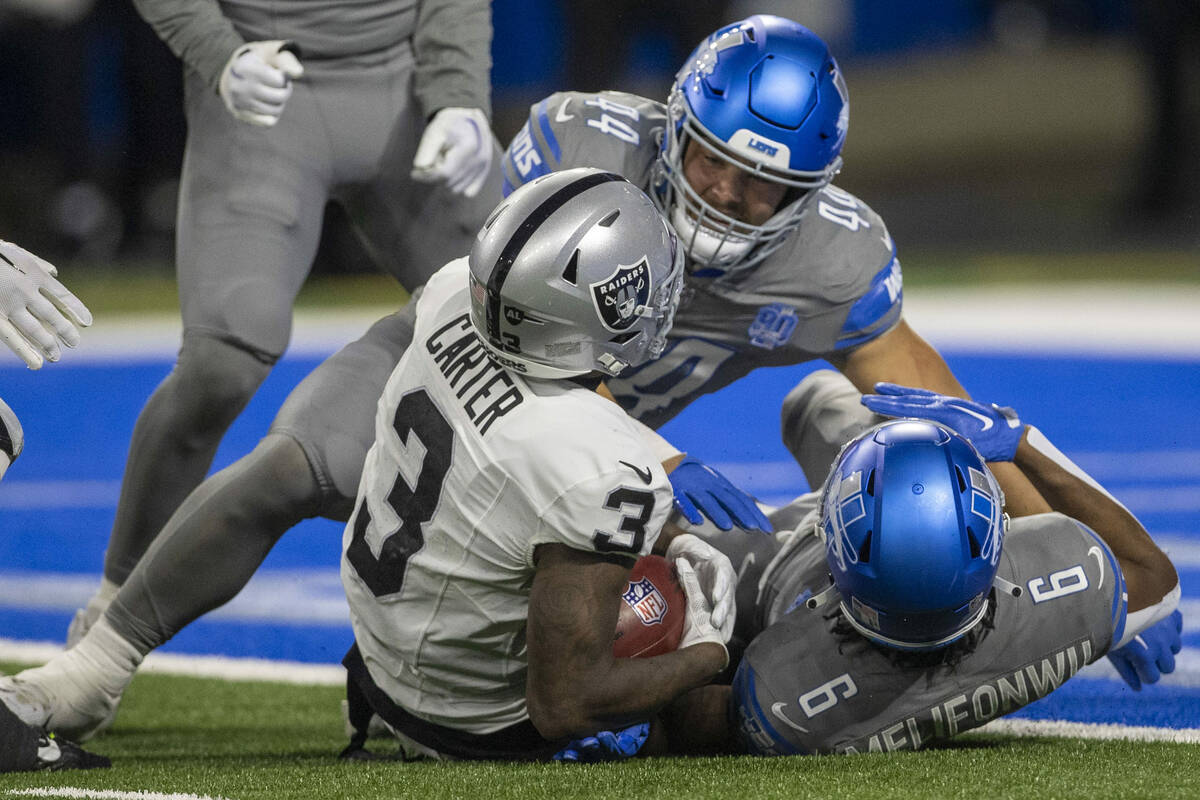NFL approves dramatic new kickoff rules
ORLANDO, Fla. — A dramatic new kickoff format is coming to the NFL next season.
NFL owners approved a one-year proposal on Tuesday at its league meetings that results in sweeping changes to the previous format. The changes are intended to encourage more kickoff returns while limiting injuries.
The result will be a far different structural and schematic play than anything fans have seen at the NFL level.
“It is going to look like it’s different play those first couple of weeks,” NFL competition committee chairman Rich McKay said.
The rules will include new alignments for the coverage and receiving teams. A “landing zone” has been created between the receiving team’s goal line and 20-yard line. If the ball lands in that area, the play participation of everyone but the kicker and two return men will be determined.
The kicker will strike the ball at his 35-yard line, the same as now, but his 10 teammates will line up 20 yards downfield at the receiving team’s 40-yard line. The bulk of the receiving team would line up in a 5-yard “setup zone” between its 35- and 30-yard lines, with a maximum of two returners lined up in the “landing zone.”
Outside of the kicker and return men, no player can move until the ball touches either a return man or the ground in the landing or end zones.
On any kickoffs that reach the end zone and are downed, sail or roll out of the back of the end zone, the receiving team will get the ball at its 30-yard line.
All kickoffs that fall into the landing zone must be returned. If a ball hits the ground in the landing zone and rolls into the end zone, the kick must be returned or downed. If it’s downed after bouncing from the landing zone to the end zone, the receiving team gets the ball at the 20-yard line.
On any kickoff that falls short of the landing zone, the receiving team will receive the ball at its 40-yard line.
The hope is that the new format will stymie the steep decrease in kickoff returns that resulted from a series of previous rule changes intended to reduce the play’s injury factor. In 2023, the kickoff return rate fell to a record-low 21.7 percent.
Lining the receiving and coverage team players closer together will decrease the high-speed collisions that previously occurred. On the other hand, the new delay in coverage players beginning the process of charging down the field should mean more kickoff returns.
“Today I feel like we made football better,” said Cowboys special teams coordinator John Fassel, who helped spearhead the new format. “And I feel like we made football safer.”
Onside kicks would fall under the previous rules. But only teams that are trailing in the fourth quarter would be permitted to utilize the onside kick a maximum of two times, and the kicking team would have to alert the receiving team that an onside kick is coming.
Contact Vincent Bonsignore atvbonsignore@reviewjournal.com. Follow @VinnyBonsignore on X.



